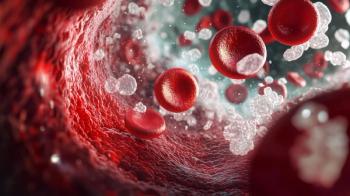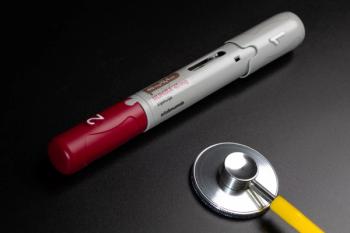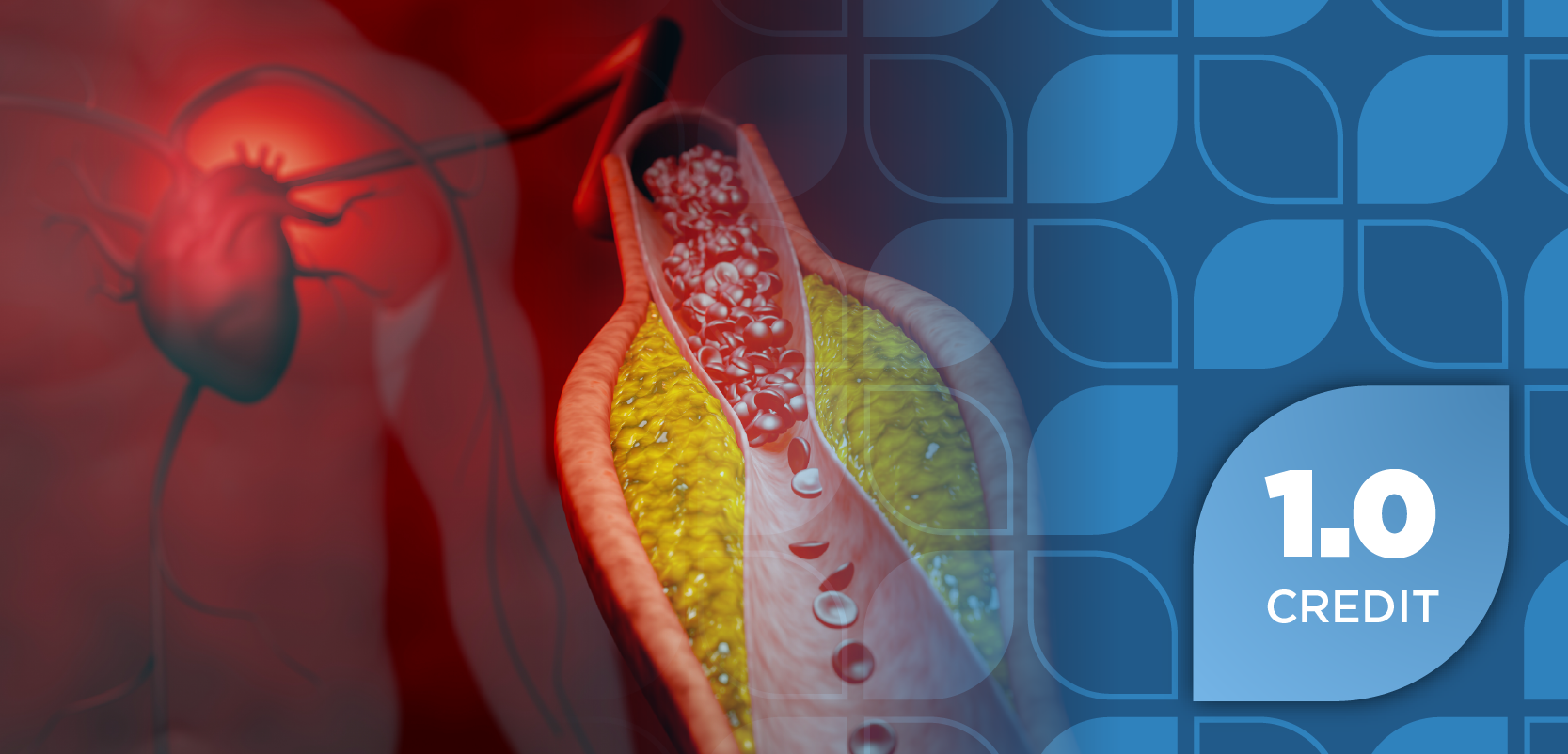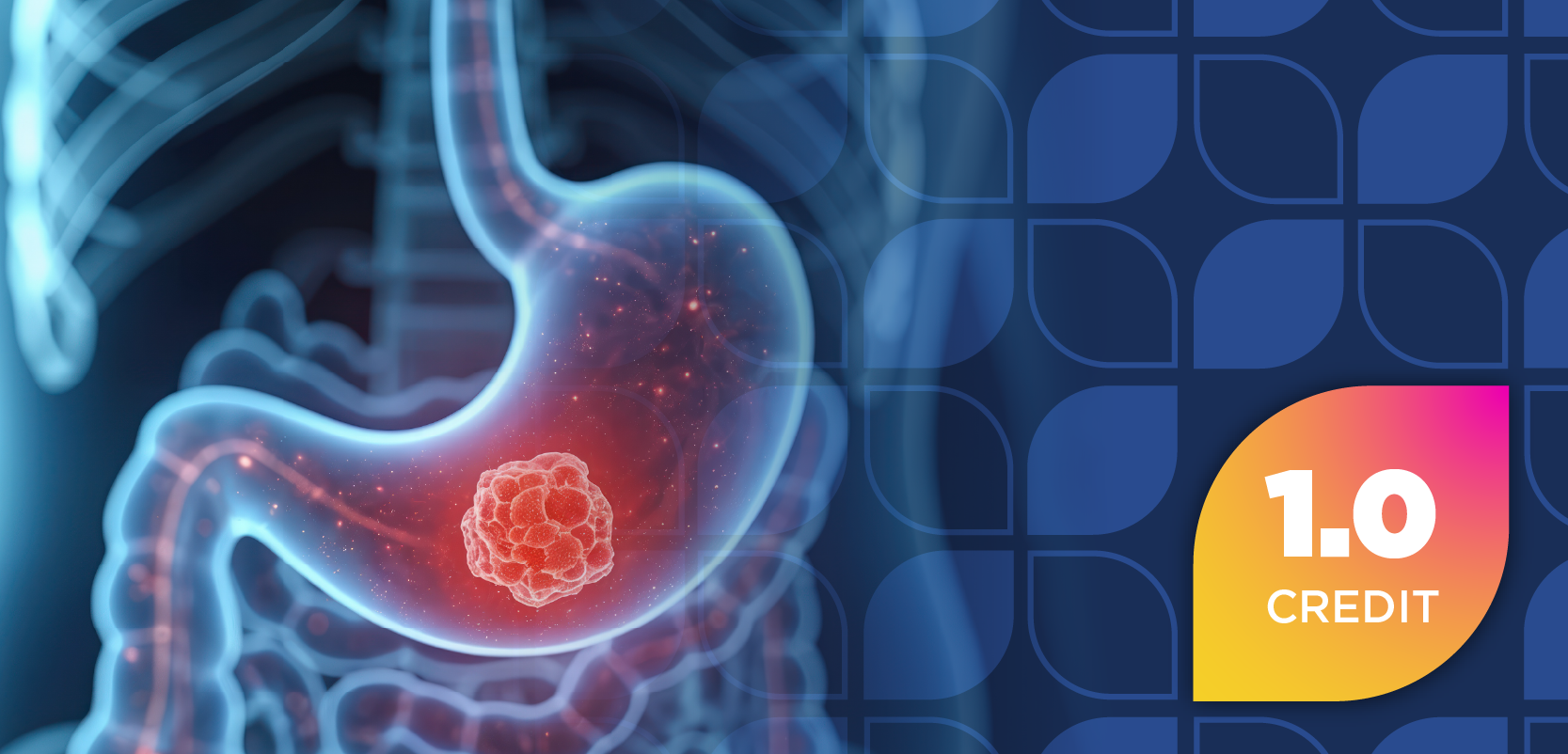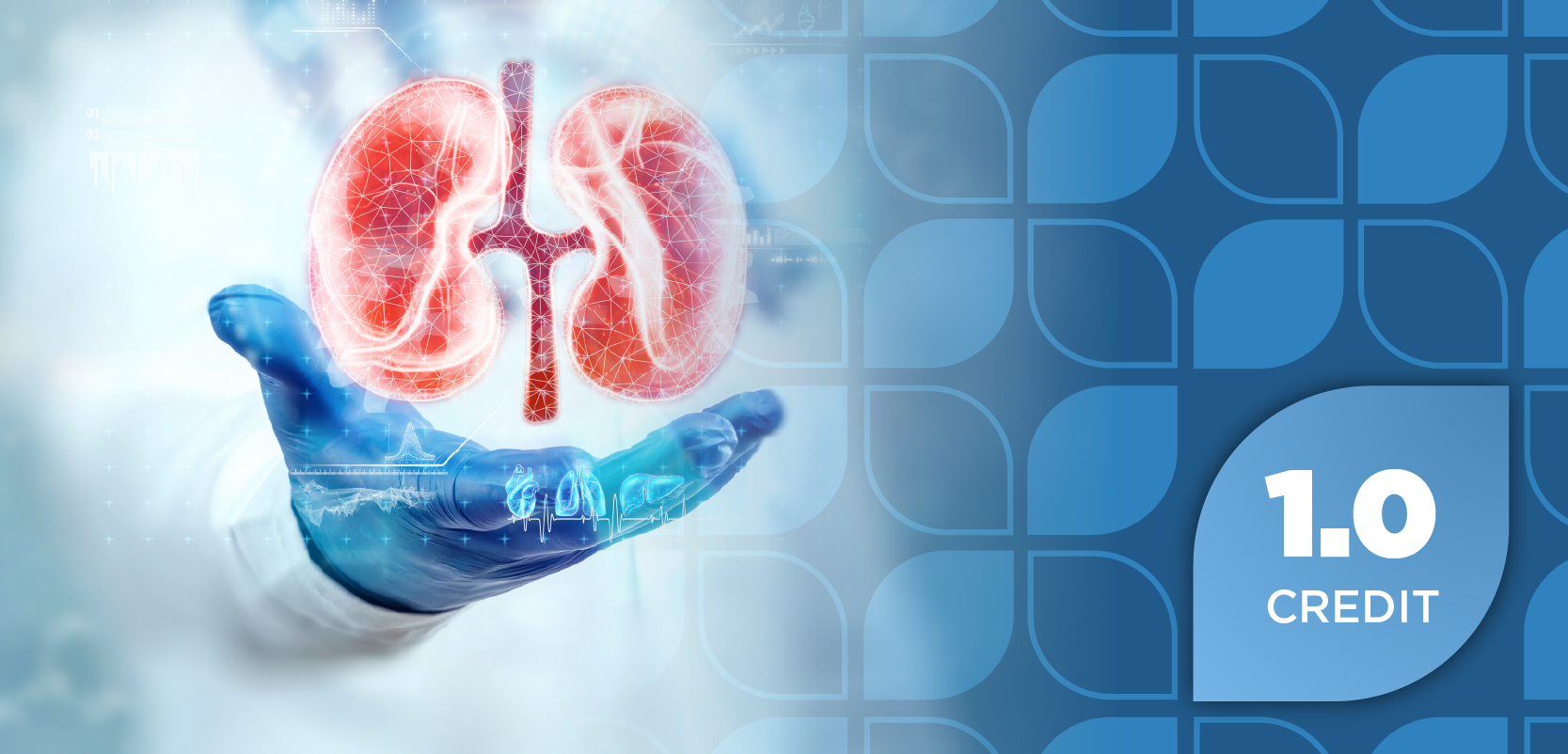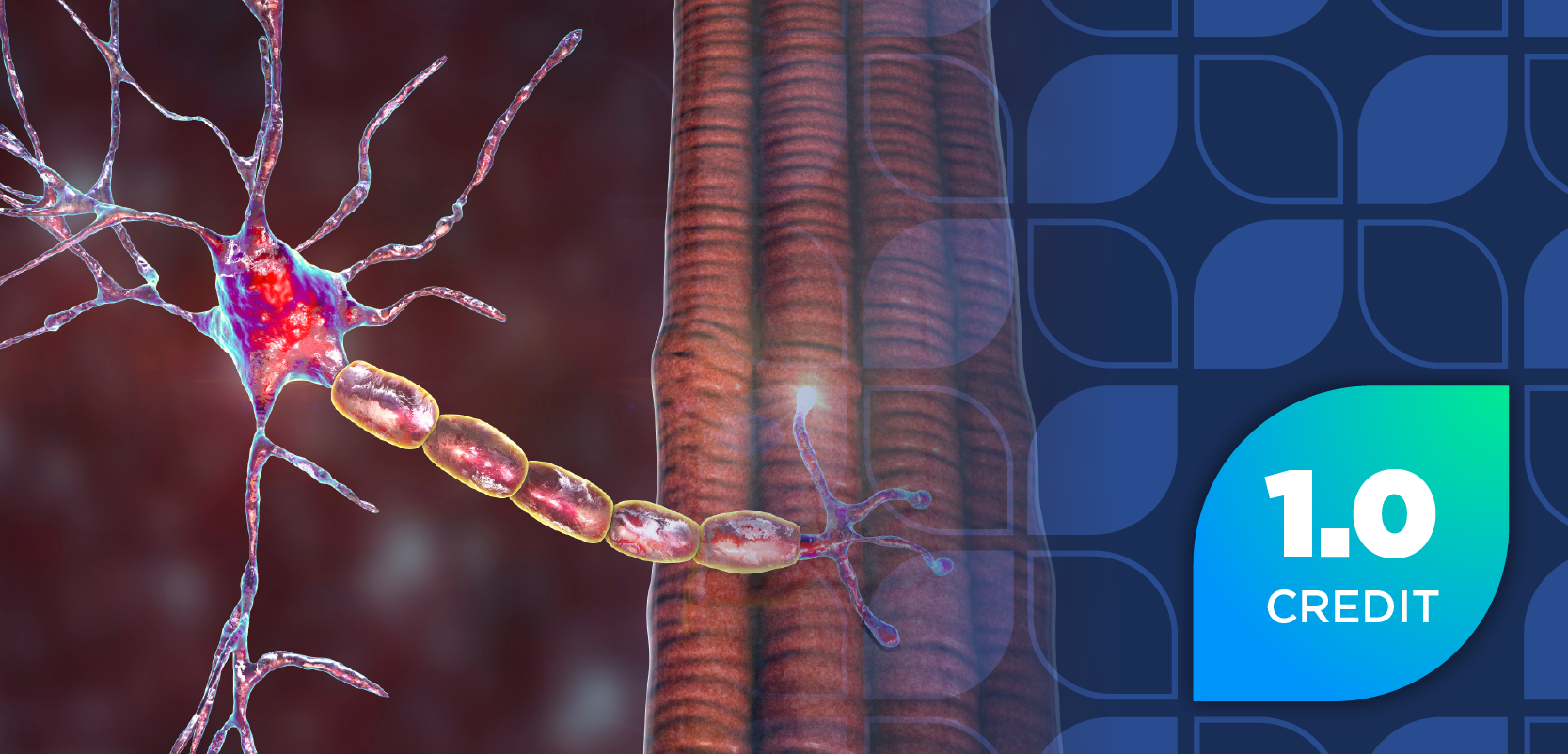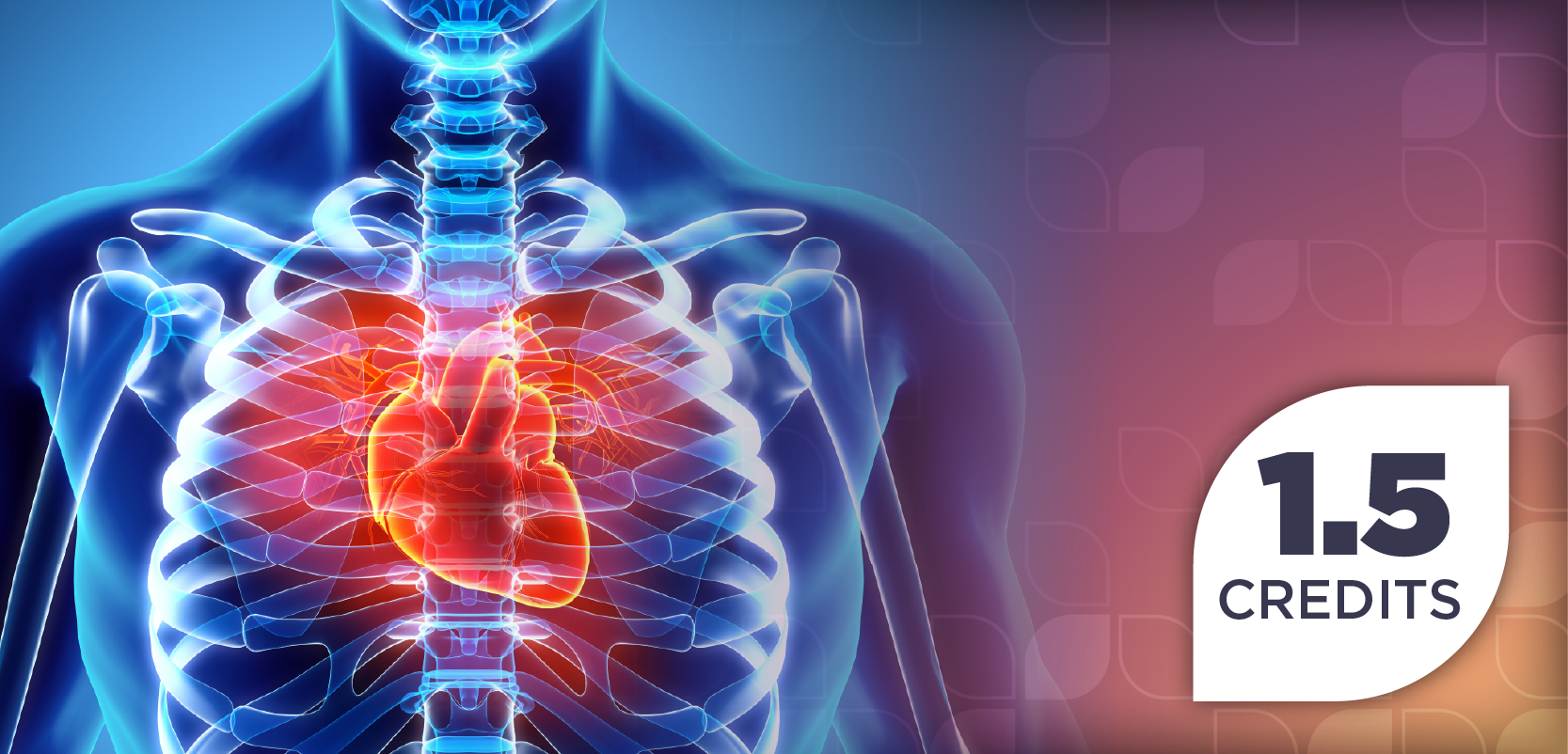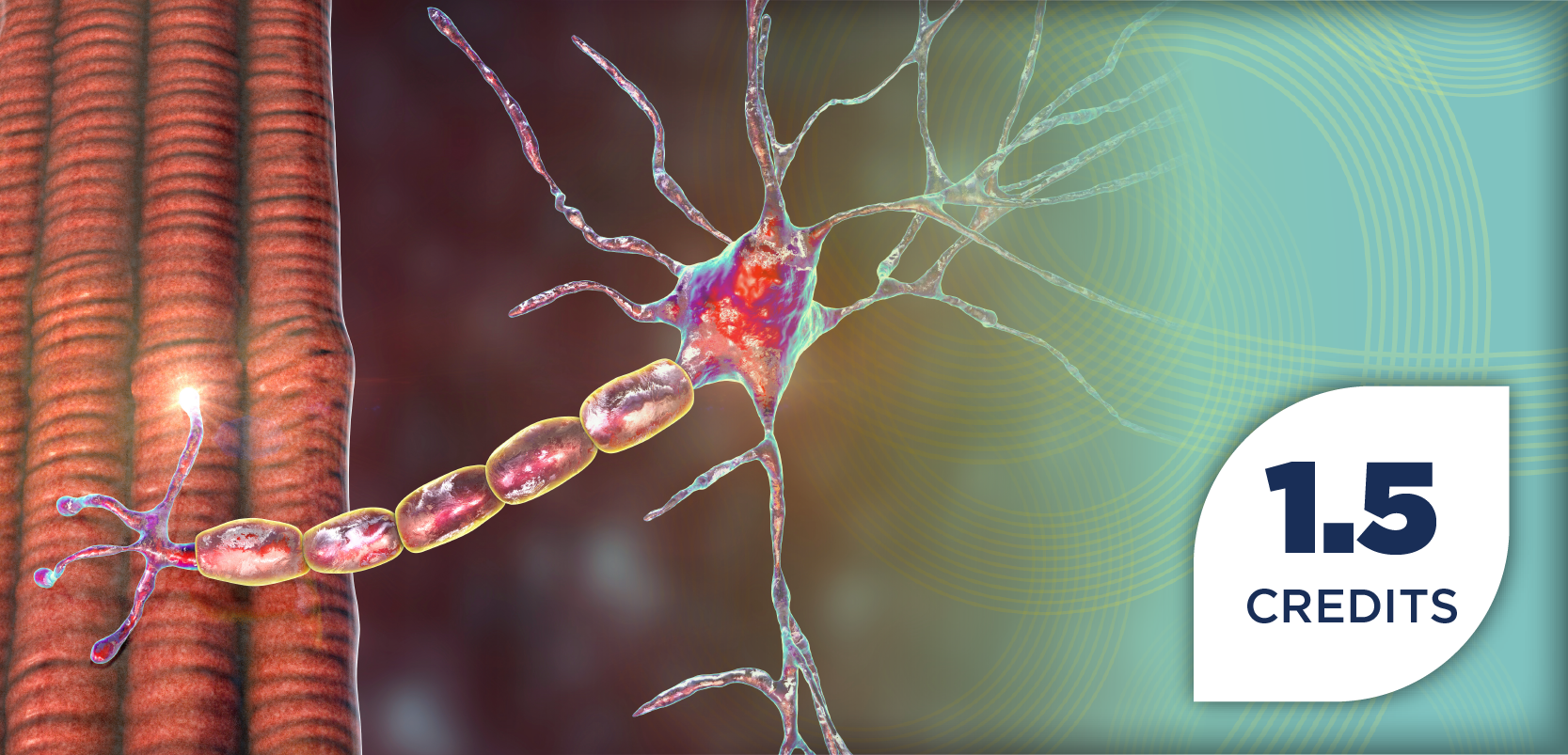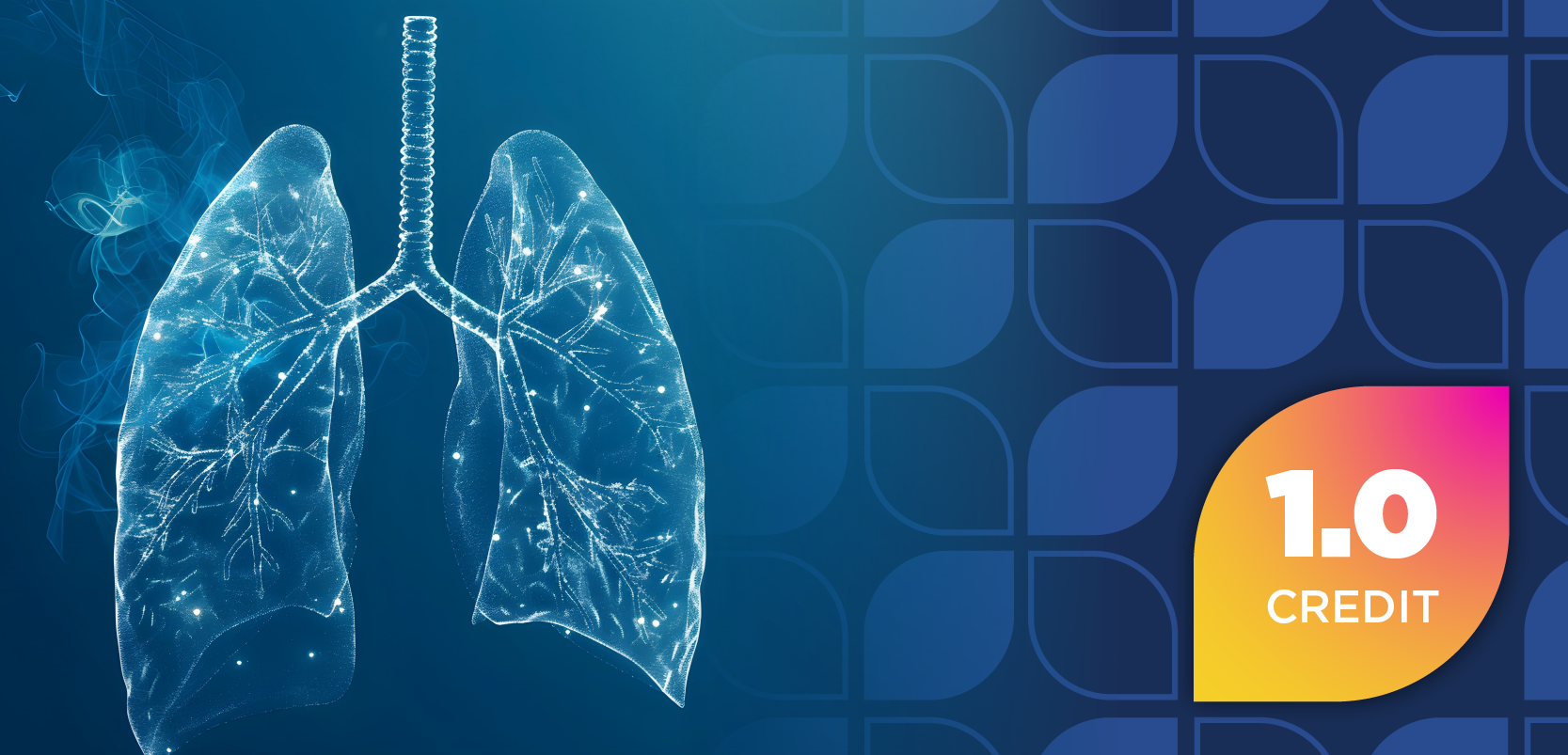
Study: Exposure to Trihalomethane Concentrations Increases CKD Risk
Key Takeaways
- Exposure to THMs below 80 μg/L increases CKD risk, with brominated THMs as primary contributors.
- Brominated compounds, not separately regulated, pose significant CKD risk even below current US limits.
The authors note that the findings can have significant public health implications given the widespread water chlorination and increased chronic kidney disease burden.
Exposure to trihalomethane (THM) concentrations below the current US standard (80 μg/L) increased chronic kidney disease (CKD) risk, according to authors of data published in JAMA Network Open. These findings can have significant public health implications because of the widespread use of water chlorination and increased burden of CKD, wrote the investigators.1
CKD, which is defined by the gradual loss of kidney function, is a prevalent condition that is ranked among the top 10 causes of death in the US. Worldwide, CKD prevalence is rising at a rapid rate, outpacing that of other major chronic diseases (eg, diabetes, cardiovascular disease). Growing evidence suggests that environmental exposures, including water contaminants, are modifiable contributors to the development of CKD, according to the authors.1
Over 90% of the US population relies on community water supplies (CWS), which generally use chlorine for disinfection. Chlorine has been adopted as a public health practice to remove harmful microbes in most CWS; however, an unintended consequence of chlorination is the formation of disinfection byproducts—including THMs—which occur in the presence of organic matter. The additional presence of bromide, common in saltwater and coastal regions, creates brominated THMs. Further, environmental threats to water quality, such as those from climate change, rising temperatures, coastal flooding, acidification, and organic matter from pollution and wildfires, are likely to exacerbate the formation of THM. These have been associated with adverse health consequences.1
For this study, the investigators evaluated the long-term exposure to THMs in residential CWS and its association with CKD risk. They enrolled participants from an ongoing prospective cohort of female teachers and administrators from the California Teachers Study and analyzed data from January 1, 2005 (once CKD diagnostic coding was adopted), through December 31, 2018. Statistical analyses were conducted from July 2023 to December 2024.1
The residence time-weighted mean concentrations of 4 THMs (including 3 brominated THMs and chloroform) were calculated using annual measurements from CWS serving participants’ homes from 1995 to 2005. Cases of moderate to end-stage CKD were identified. A total of 89,320 female participants (median age: 50 years [IQR, 43-61 years]) were included, and 6242 cases of CKD were observed.1
Median concentrations were about 5.5 μg/L (IQR, 0.5-24.1 μg/L; 95th percentile, 57.8 μg/L) and 2.7 μg/L (IQR, 0.7-11.3 μg/L; 95th percentile, 30.0 μg/L) for total THMs and brominated THMs, respectively. In flexible spline-based models, the investigators observed an evident exposure–response association between THMs and CKD risk, with the highest risk for brominated THMs. The HRs for CKD risk associated with brominated THMs at the highest 2 exposure categories (75th percentile and at or above the 95th percentile) were about 1.23 (95% CI, 1.13-1.33) and 1.43 (95% CI, 1.23-1.66), respectively (P < .001 for trend). The largest contributor to the association of the overall mixture with CKD risk was brominated THMs (52.9%), followed by uranium (35.4%), arsenic (6.2%), and chloroform (5.5%).1
A similar study published in Environmental Science & Technology reported that CWS systems can serve approximately 320 million people. Among these water systems, about 2% exceed the US Environmental Protection Agency’s maximum uranium contaminant level of 30 μg/L. When uranium is ingested, it accumulates in the kidneys, and although about 80% of ingested uranium can be expelled via urination over the course of a few days, higher levels can become nephrotoxic.2
This, along with exposure to trihalomethane concentrations, has severe public health implications. The researchers of this study emphasized the need for new models that can predict how uranium travels through the body from ingestion to accumulation and excretion. Tools that can properly measure the amount of uranium within the body can help health care professionals better understand and prevent long-term uranium-related kidney damage.1,2
"Brominated compounds, which are not separately regulated, emerged as the primary contributors to CKD risk, with associations observed at levels below the current US regulatory limit for community water supplies,” wrote the authors. “Our findings warrant further investigation in other settings and study designs, including in cohorts with greater diversity and biomarker data.”1
REFERENCES
1. Medgyesi DN, Mohan S, Bangia K, et al. Community water trihalomethanes and chronic kidney disease. JAMA Netw Open. 2025;8(7):e2518513. doi:10.1001/jamanetworkopen.2025.18513
2. McGovern G. Study: biomarker may aid in identification and prevention of uranium toxicity–related CKD. Pharmacy Times. July 23, 2025. Accessed July 31, 2025. https://www.pharmacytimes.com/view/study-biomarker-may-aid-in-identification-and-prevention-of-uranium-toxicity-related-ckd
Newsletter
Stay informed on drug updates, treatment guidelines, and pharmacy practice trends—subscribe to Pharmacy Times for weekly clinical insights.



